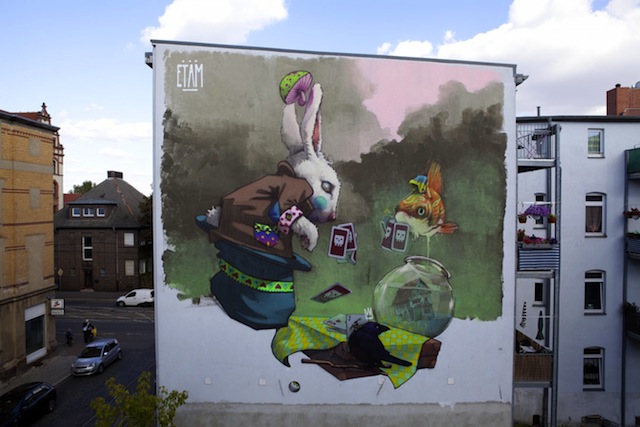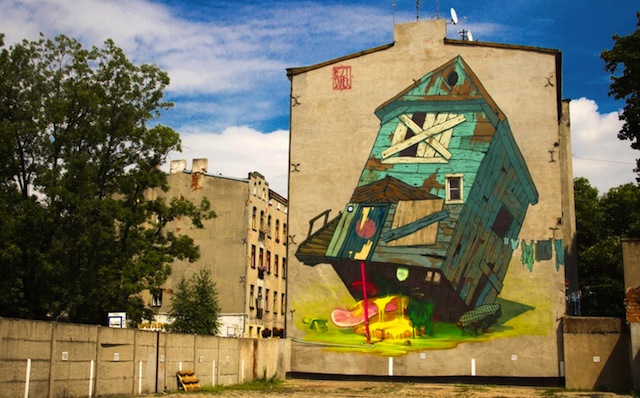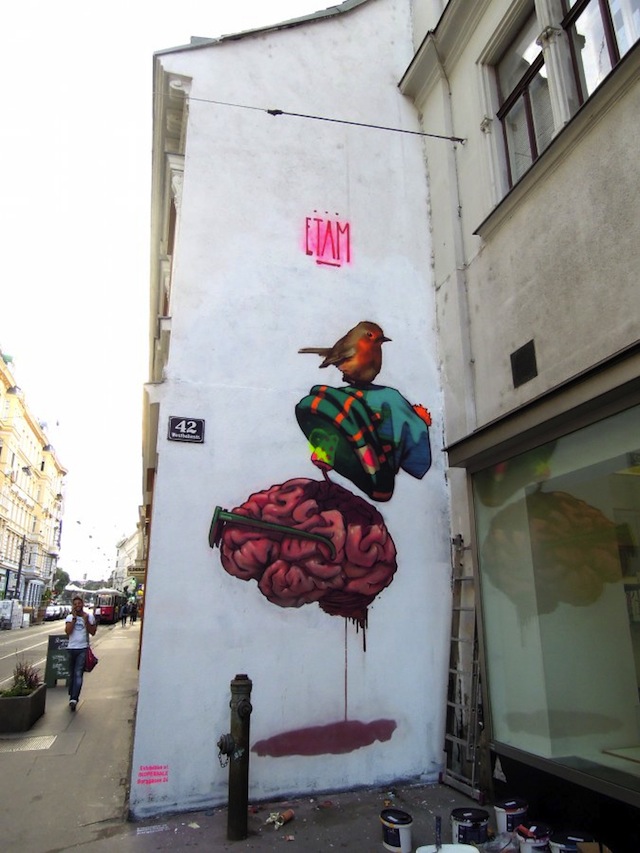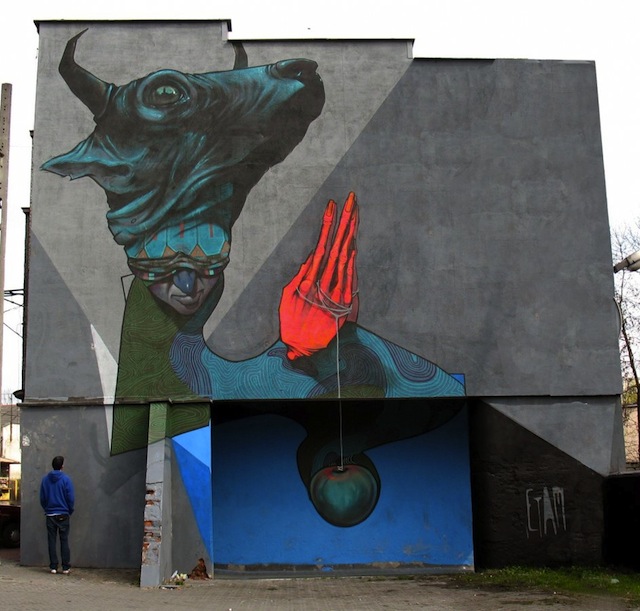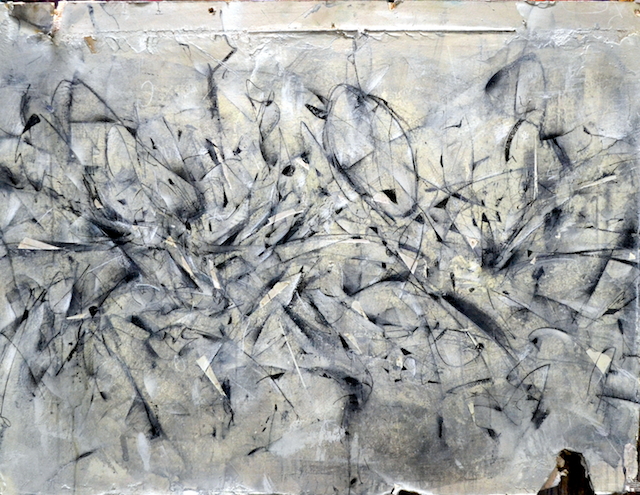
Graffuturism is one of the best blogs out there for innovative work by graffiti writers. The site is run by Poesia, who has just curated a group show at San Fransisco’s White Walls Gallery based around some of the artists he blogs about. L’Avenir opens this Saturday the 14th and runs through January 4th. I’ve been a fan of Graffuturism for years now and Poesia and I have gotten into some great discussions on Twitter, but we’ve never really had a chance to chat, so I emailed him a few questions about the blog and the show in the run-up to L’Avenir.
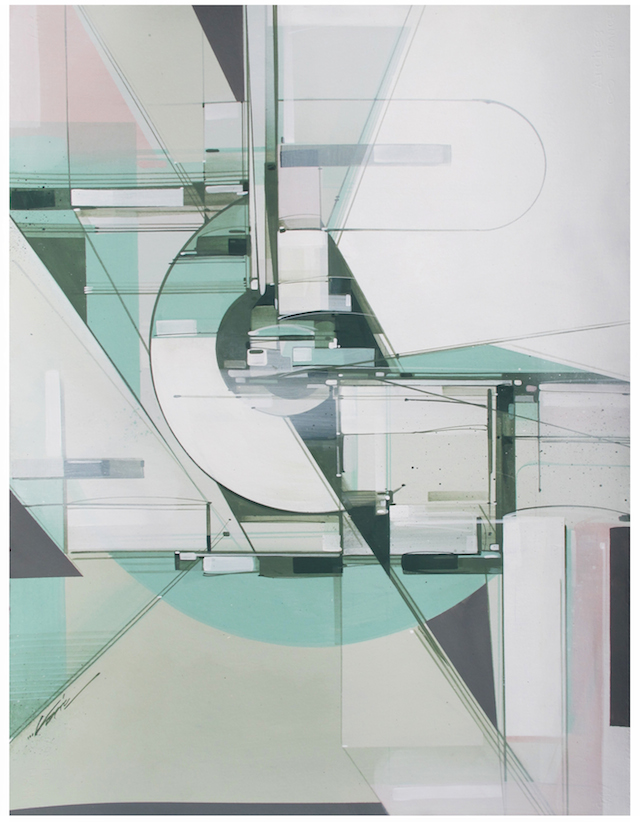
RJ: In one sentence, what makes someone a graffuturist?
Poesia: Most likely an artist with a graffiti background who has evolved and progressed beyond his initial roots.
RJ: I guess I always thought about Graffuturism as having to do with graffiti writers going in an abstract direction, but with this show you’ve included a lot of artists known for figurative works and made it clear in your artist statement that the movement isn’t purely about an abstract aesthetic. Can you go into a bit more detail on the similarities you see between say Sainer and Clemens Behr?
Poesia: Many people get this part of Graffuturism confused, but I feel it is because graffiti artists tend to move in a more abstract direction due to graffiti’s initial abstract nature. When compared to street art that already is more representational, Graffiti was and is an abstract form of art already. But we have to remember that graffiti has always used representational images cartoon characters etc since the early days of graffiiti, most the artists that were more inclined to paint representational or figurative work would get character or background duty on walls. Many of these talented artists never learned proper letters because they were always busy painting the backgrounds for the letter artists. One of the positive byproducts of Street Art was that now all these talented representational painters who had painted graffiti characters forever now saw that they could take center stage and create their own work without letters. This was an important evolution of graffiti and thus an artist like Sainer is just as an evolved graffiti artist as Clemens Behr who moved into a more abstract avenue of work. Both have this history that has evolved and thrived in a new age where painting whatever you like is possible without adhering to the traditional rules of graffiti. To me they are the same even if aesthetically polar opposites. The reason why Graffuturism is seen as an abstract movement is more due to the fact that there were more letterbased artists than figurative artists that have gone onto progress thus the surplus of abstract artists versus figurative ones.
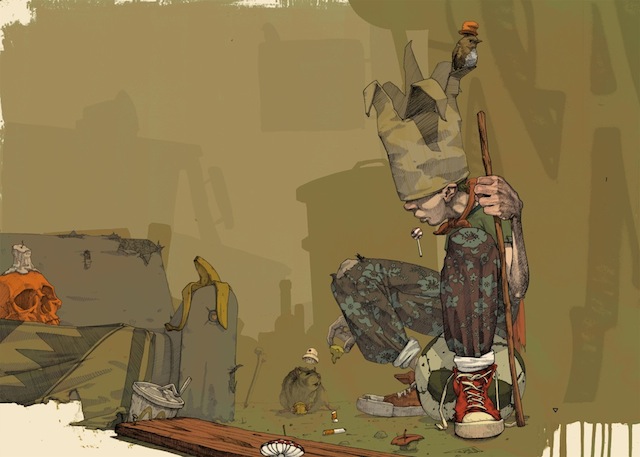
Continue reading “Mini-interview with Graffuturism’s Poesia”

